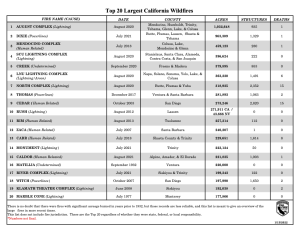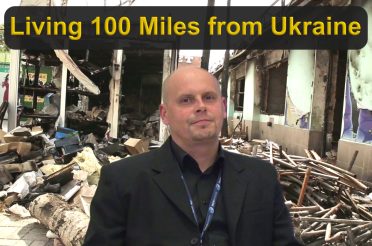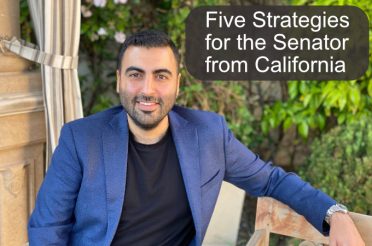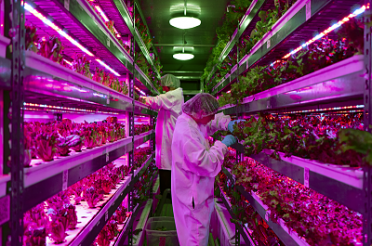Can AI Save the Forests?
The podcast version of The Summer of Wildfires is available.
We are in the midst of a perfect wildfire storm. Warm temperatures, an ongoing drought, reduced snowpack and reduce rainfall are contributing to a tinderbox potential for wildfires for this summer of 2022. In 2021, California recorded 8,835 wildfires burning 2.5 million acres.
On November 8, 2018, the most deadly wildfire in California’s recorded history started in the area of Paradise, California. The town had a population of 27,000 and was virtually wiped off the face of the earth in 8 hours.
The last seven years have seen a geometric increase in the frequency and destruction caused by wildfires.
Recent developments using AI to detect wildfires early to immediate control, along with a coordinated State and local government fire prevention agency are starting to turn the tide.
The seven priorities addressed in this interview are:
- Evolution from the traditional Fire Station. 0:00 – 02:58
- Installation of monitoring camera connected to a data wall. 02:59 – 03:44
- How AI ( artificial intelligence) conducts early detection of wildfires 05:19 – 08:10
- What happens once a wildfire is detected 08:11- 10:23
- Underlying causes of wildfires. 10:24 – 13:27
- The mission of the Santa Clara FireSafe Council 13:28 – 16:56
- What constitutes wildfire risk? 16:47 – 19:19
- Long-term consequences and toxicity caused by wildfires 19:20 – 21:40
- What Utilities or Counties are installing AI Monitoring and Detection from Alchera. 23:12 – 24:31
More information on Jon Elist’s policies is available at FireScout.ai
Wildfire Statistics
The 2021 California wildfire season was a series of wildfires that burned across the U.S. state of California. By the end of 2021 a total of 8,835 fires were recorded, burning 2,568,948 acres (1,039,616 ha) across the state.[1] Approximately 3,629 structures were damaged or destroyed by the wildfires, and at least seven firefighters and two civilians were injured.[1]
The wildfire season in California experienced an unusually early start amid an ongoing drought and historically low rainfall and reservoir levels.[2] In January 2021 alone, 297 fires burned 1,171 acres (4.74 km2) on nonfederal land according to the California Department of Forestry and Fire Protection, which is almost triple the number of fires and more than 20 times the acreage of the five-year average for January.[3][2] The January fires were exacerbated by unseasonably strong Santa Ana winds, and some of them burned in the same areas as previous fires like the CZU Lightning Complex.[4]
The long-term trend is that wildfires in the state are increasing due to climate change in California.[5][6] In terms of the amount of fires burned, the 2021 season has been outpacing the 2020 season, which itself was the largest season in the state’s recorded history. As of July 11, more than three times as many acres have burned compared to the previous year through that date, with drought, extreme heat, and reduced snowpack contributing to the severity of the fires.[7][8][9] The state also faces an increased risk of post-wildfire landslides.[10][11]
As of August 18, 2021, the state of California was facing “unprecedented fire conditions” as multiple fires including the Dixie Fire, McFarland Fire, Caldor Fire, and others, raged on.[12] The USDA Forest Service temporarily closed California national forests at the end of August to mitigate the impact of potential fires.[13]
Source: Cal Fire Website, https://www.fire.ca.gov/incidents/2021/
Contacts
Bow Rodgers : bow@alcherainc.com
Seth Schalet : seth@sccfsc.org
Jim Connor : jconnor@gamechangers.tv
Website Link - : https://firescout.ai








